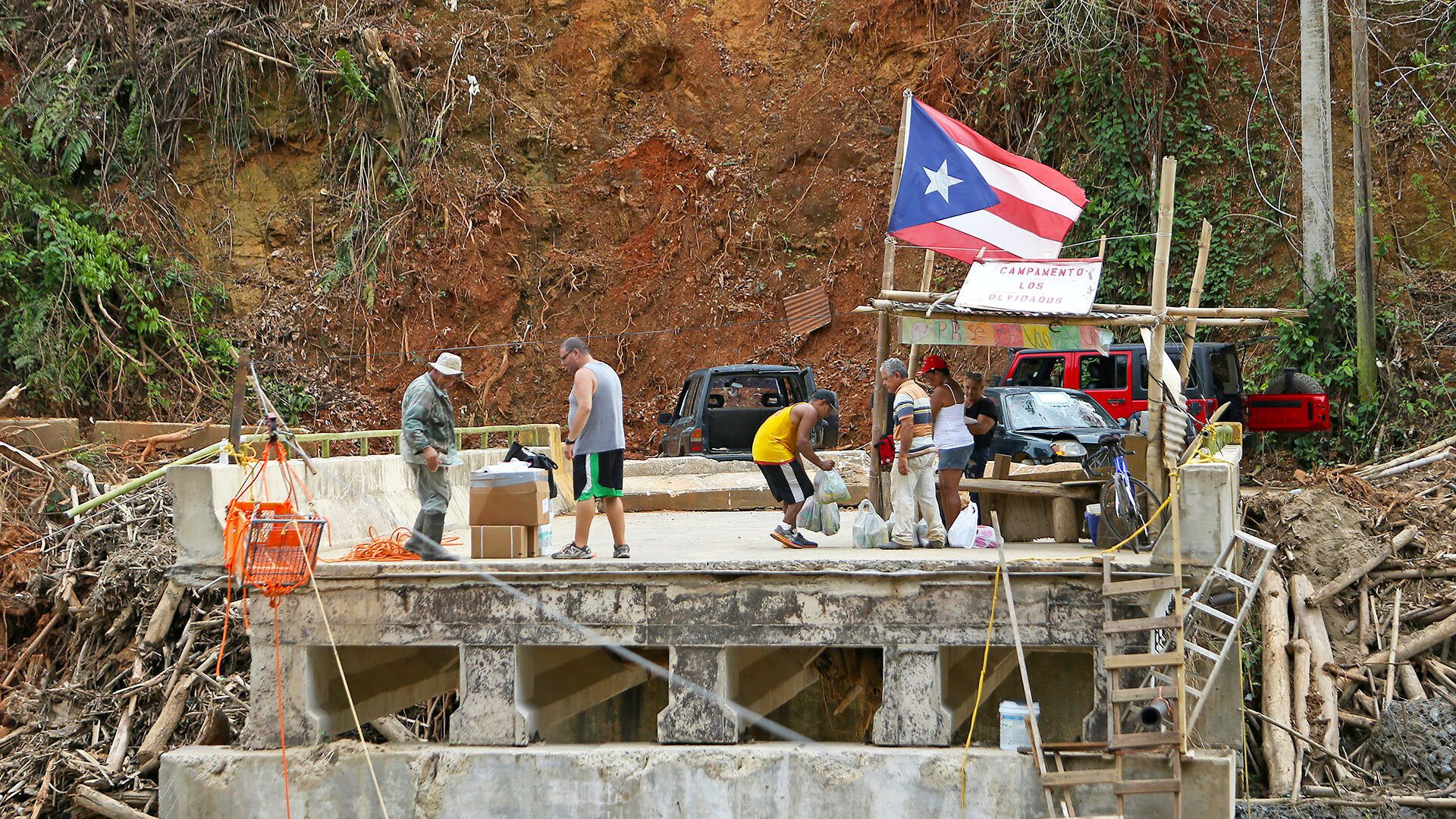- May 16, 2019
- By Lindsay Huth
New research from the University of Maryland School of Public Health estimates that Hurricane Maria led to 1,205 “excess deaths” in Puerto Rico in September and October 2017.
The research, published in the American Journal of Public Health, is the first Hurricane Maria study to track specific causes of excess deaths—deaths that are indirectly attributable to an event. It identified heart disease, diabetes and Alzheimer’s disease as the top culprits, likely due to a lack of available treatment after the storm. The excess deaths occurred almost entirely among residents 60 and over and affected more men than women.
The results of the study, led by Raul Cruz-Cano, UMD associate research professor of epidemiology, and Erin L. Mead, instructor of medicine at UConn Health, can help authorities assess the effect of the disaster on the island and plan for the future, the authors write.
“It’s sad, but there will be another devastating hurricane, somewhere, someday,” Cruz-Cano said in an interview. “By knowing what causes of death will be most exacerbated, the authorities will have a chance to allocate their resources better to prevent them.”
The study used time-series modeling of vital statistics data from January 2008 to October 2017 to compare actual deaths to the expected number, accounting for secular trends, seasonal mortality patterns and changes in population denominators. The researchers then analyzed those excess deaths by age, sex and cause of death.
While previous studies have used time-series analysis to estimate the total number of excess deaths, this study is the first to use the method to analyze excess deaths in Puerto Rico from Hurricane Maria by cause of death, the authors write. They note that the U.S. territory had experienced significant population loss and an economic recession since 2006, long before the category 4 caused $90 billion in damages.
The total deaths Cruz-Cano and Mead estimated is higher than the 1,139 deaths calculated by Alexis R. Santos-Lozada and Jeffrey T. Howard in their JAMA article last year.
Cruz-Cano and Mead wrote a letter in March, published in the same journal, expressing concerns over the method Santos-Lozada and Howard used to calculate deaths, as it does not account for seasonal mortality trends or long-term population shifts. Their method was not able to accurately predict pre-storm deaths during three months in 2017 so should not be used to assess storm-related mortality either, Cruz-Cano and Mead write.
Topics
ResearchUnits
School of Public Health